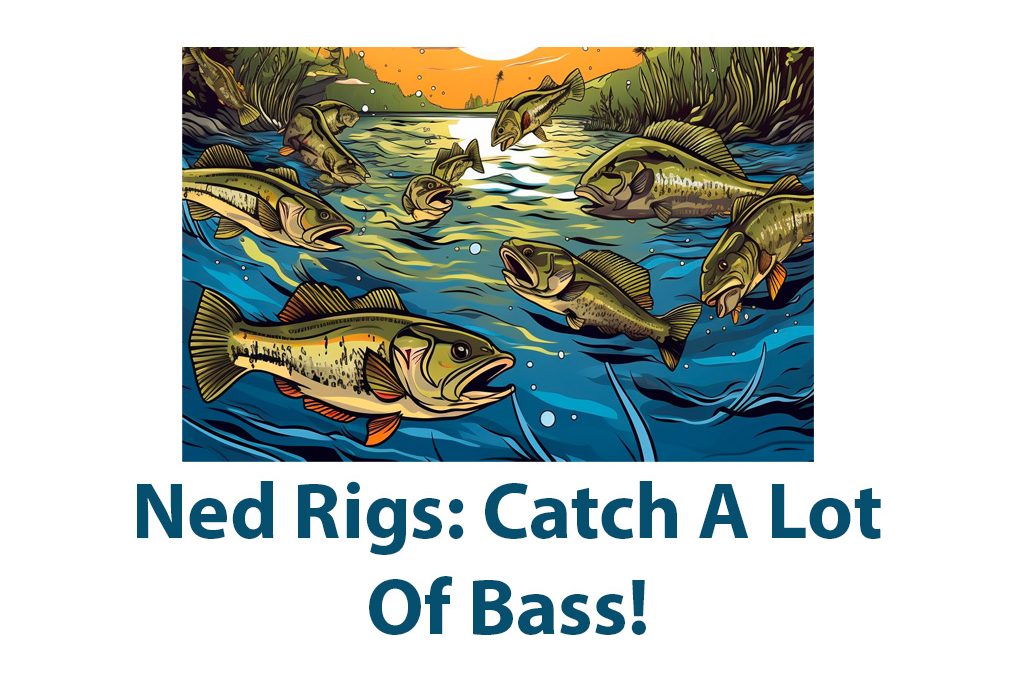Introduction:
Good day! I’m eager to discuss Ned Rig fishing with you. It’s a simple method that works well for capturing bass in a variety of situations. We’ll go over all the information you need to know about the Ned Rig method in this comprehensive tutorial.
A Ned Rig: What Is It?
Let’s define the Ned Rig first thing. The Ned Rig is a little fishing lure that comprises of a hook, a soft plastic worm bait, and a small mushroom-shaped jighead. It bears the name of Ned Kehde, a renowned angler who developed the lure in the late 2000s.
Due to its success in catching bass over the past few years, the Ned Rig has gained popularity as a fishing strategy. It is also inexpensive and simple to use, making it the ideal tool for both inexperienced and seasoned fishers.
Why Play Bass With A Ned Rig?
When bass fishing, the Ned Rig has a number of advantages. One benefit of the lure’s small size is that it is simple to move around obstacles like weeds and rocks. Additionally, it is simple to get the bass to strike because to the lure’s modest and delicate movements.
But why do bass players favor the Ned Rig style? The soft plastic worm bait does, in fact, mimic a fish’s natural food source. This makes the Ned Rig an appealing target for bass, especially when combined with its gentle motions.
How To Set Up A Ned Rig
It is important to set up a Ned Rig properly before you begin fishing with it. Select the ideal hook for your Ned Rig first. Depending on your preference, you can use a jig hook or an offset worm hook.
Choose the ideal rod and line for your Ned Rig next. You’ll need a lightweight rod that can detect bites that is between six and seven feet long. Depending on the fishing conditions, pair your rod with a braided or high-quality fluorocarbon line.
Finally, pick the appropriate soft bait. Ned Rig soft baits come in several varieties, including imitations of crawfish and straight worms. Pick a hue that is similar to the bass’s natural food supply, such as the green of a pumpkin or a watermelon seed.
Fishing Methods
It’s time to start fishing now that your Ned Rig is put up! The water and weather where you’re fishing will determine the strategy you use.
When fishing in clear water, offer your catch subtly and slowly. Your Ned Rig should be cast out and let to bob up and down. Drag it slowly around the ground while giving it little hops and pops to simulate natural movement.
Use a more assertive presentation in murkier water. Your Ned Rig should be cast out and let to bob up and down. The soft bait should then start to dance along the bottom when you give it a hard jerk.
Both casting and flipping methods are effective when used with the Ned Rig. By casting, you can search a wider area for fish that are active. Flipping enables you to throw more accurately to particular locations, such as beneath docks or in and around weeds.
Baits And Weights
Now, let’s talk about baits and how to choose the best one for your next fishing trip. When selecting a Ned Rig bait, you want to go for something that mimics the natural prey of the bass. In winter, when the water is colder, bass tend to be less active and require something that looks and moves subtly. That’s why I recommend using stick worms, such as the Z-Man Finesse TRD Worm or the Strike King KVD Dream Shot.
Stick worms are perfect for Ned Rigs because they have a thin profile that mimics small baitfish or worms in the water. They don’t have much action on their own, but a slight jerk of the rod will cause them to dance enticingly. They’re also known for their durability, which means you can use them for multiple catches before needing to replace them.
Another type of bait that works well on a Ned Rig is the creature bait. This bait type has a bulkier body and a lot of tentacles or arms that move erratically in the water. One of my favorites is the Z-Man TRD CrawZ. This bait imitates a crawfish, which is a staple food for bass in most freshwater environments.
Moving on to weights, Ned Rig weights are also an essential consideration for choosing the right setup. There are numerous weights available for this rig, but the most common one is a mushroom-shaped jig head. These jig heads are designed to keep the bait sitting upright on the bottom while also creating a natural motion.
Weights for the Ned Rig can range from 1/16 oz to 1/4 oz, depending on the depth and current you’re fishing in. If you’re fishing in shallow waters with little to no current, I suggest using a lighter weight that’ll keep the bait slowly falling to the bottom, helping you mimic the natural movement of prey.
On the other hand, if you’re fishing in deeper water with strong currents, a heavier weight will allow you to reach deeper areas and maintain contact with the bottom as you move your bait around. A 1/4 oz weight is the maximum weight to use when fishing a Ned Rig.
In conclusion, the Ned Rig is an excellent setup for catching bass. As with any fishing technique, it’s important to choose the right bait and weight combination for the conditions you’re fishing in. Stick worms and creature baits work well on this rig in colder water, and mushroom-shaped jig heads are the go-to weight for achieving the perfect action. With these tips, you’re well on your way to filling your live well with some beautiful bass. Happy fishing!
When And Where To Use The Ned Rig Best
I like to use my Ned Rig primarily to target the borders of weed beds. Although bass frequently prefer to travel to the edges to feed, they do enjoy hanging out under the dense cover provided by weeds. Even the pickiest bass can be persuaded to strike with a gentle drag or hop down the edge of a weed bed.
Around rocky structure is another excellent location to use the Ned Rig. Bass adore using rocks as shelter, whether they are in the form of purely natural rock formations or man-made objects like docks or brush piles. The Ned Rig’s modest presentation is ideal for luring nibbles from fish that might be scared off by a more aggressive approach.
I advise using the Ned Rig in deeper water near ledges and drop-offs if you’re really trying to catch big fish. This may require some perseverance and practice, but it can result in some fish that are truly trophy-sized. The secret is to slowly fish your Ned Rig while keeping it on or close to the bottom. A great fish and a true monster can be distinguished by taking your time and letting the Ned Rig do its magic because big bass are frequently a little more lethargic than their smaller cousins.
Last but not least, the area near docks is one of my personal favorites for Ned Rig fishing. Docks offer cover for bass as well as a fantastic feeding ambush. You may get even the most lazy bass to bite by carefully fishing the Ned Rig close to the posts and pilings of a dock. This simulates the natural movement of prey.
In conclusion, the Ned Rig is a highly effective bass fishing approach. But you must know where to fish it in order to benefit fully. You can increase your chances of catching a real lunker by fishing near vegetation edges, rocky outcroppings, deep water, and docks. The Ned Rig has the potential to be one of your tackle box’s most effective tools with a little time and effort.
Bass Fishing for Various Species
Let’s now discuss how to use the Ned Rig to catch many varieties of bass.
Largemouth bass comes first. Use the Ned Rig to capture largemouth bass in locations with foliage and structure. Cast your Ned Rig into the thick vegetation, then move it carefully along the bottom. Due of their propensity for striking the Ned Rig on the first fall, largemouth bass, pay great attention to any line movement.
Smallmouth bass is up next. Smallmouth bass typically choose rocky environments and clear water. When fishing for smallmouth bass, be more aggressive and concentrate on covering a lot of water. To locate these tenacious bass, search for recent breaks and rocky drop-offs.
spotted bass is last. Rivers and other tiny bodies of water are frequent habitats for spotted bass. To find spotted bass, search for areas with structure like rocks and logs. When fishing for spotted bass, concentrate on a modest presentation because they are frequently pickier and more cautious than largemouth or smallmouth bass.
Fishing The Ned Rig By Season
As a devoted angler, I’ve encountered my fair share of difficulties catching bass over various seasons. But in my experience, employing a Ned rig has consistently been one of the best strategies, regardless of the season. I’d like to give you some advice on using a Ned rig to catch bass throughout the year in this article.
Bass are less active and lethargic in the winter than they are in the warmer months. This makes a Ned rig excellent, especially when retrieved slowly and subtly. Target deeper areas where bass are more likely to gather in order to keep warm to boost your chances of catching fish. Position your boat over any rocky outcroppings or humps where bass may be lurking in search of food. To encourage strikes from opportunistic bass, make sure to slowly crawl the rig down the bottom with minor twitches.
Bass grow more active and start to feed more agressively as the pre-spawn time approaches. During this time, using a Ned rig to catch bass requires a more aggressive approach. Cast your rig into shallow flats, particularly those that are close to cover like rocks or trees. Increase the speed of your retrieve, and shake the tip of your rod to provide some extra motion to your bait. This will encourage a hungry bass hunting for a quick meal to strike.
Bass can become aggressively possessive and defend their nest during spawn. During this time, casting around fish that are bedded will help you capture them because it will slightly disturb their sleeping region and prompt a strike. This can be accomplished by using a Ned rig and a delicate retrieve. Cast in the direction of the bass’s nests and slowly move the bait all around. This will assist create the appearance that the bass eggs are under invasion threat, which should prompt them to attack your Ned rig.
Bass will relocate to deeper and cooler waters as the summer heats up. Fishing around submerged features like submerged trees, boulders, and ledges is one of the greatest methods to catch them on a Ned rig during this period. This will assist you in locating areas where bass may be looking for shade from the hot sun. To determine which colors are most effective for the specific waterways you are fishing in, try fishing with a variety of colors.
Bass start to feed ferociously in the fall as they get ready for the colder months. A Ned rig can be a great tool for fooling these hungry fish at this time. With a medium-fast retrieve and brief pauses in between movements, fish the shallow points and flats. Bass will be strongly seeking schools of baitfish, so keep a look out for them.
Conclusion: Whether it’s winter, pre-spawn, spawn, summer, or fall, catching bass with a Ned rig can be a fantastic approach to boost your success. Always be patient and experiment with numerous approaches until you find the one that works best for you. Good luck, and drive carefully!
Errors To Avoid
The ned rig has become a massively popular bass fishing approach for anglers of all skill levels. However, enormous fame also carries immense responsibility. Having said that, there are certain typical errors I observe anglers making when using a ned rig to catch bass that significantly reduce their odds of hooking a bite.
First, and perhaps most significantly, line selection is an issue that is frequently disregarded. If the line is too thick, bass may avoid the bait, and if it is too thin, fish may break off and be lost. But don’t worry; using 6-8lb fluorocarbon line is an easy fix. This gives the power necessary for a strong hookset while also allowing the bait to fall naturally.
Anglers also frequently setup their bait incorrectly. The buoyant, mushroom-shaped jighead and the little plastic worm that come with the ned rig are intended to be used for fishing. However, a standard jighead or rigging the plastic worm too directly onto the jighead are common mistakes that can lead to a less natural presentation. The plastic worm should be threaded onto the jighead with the tail facing upward to create a more lifelike movement in the water. This is the proper way to rig the bait.
Utilizing excessive weight is a further error that people commit. Using bigger weights defeats the goal of the ned rig, which is intended to be a finesse approach. Instead, try to utilize a weight that will help you to keep in touch with the bait and feel bites.
Additionally, a common error among fisherman is choosing the incorrect color of bait. There are a few rules to follow even though color might be arbitrary depending on the type of water, the weather, and other elements. While darker hues are preferable in murky water, lighter colors typically work best in clean water. Additionally, don’t be scared to experiment with various color schemes all day long until you discover what works best.
Last but not least, failing to place the hook correctly is another way for people to lose bites. It’s crucial to keep in mind when employing a ned rig that bass frequently pick up the bait and swim with it before actually eating it. This indicates that it’s crucial to hold off setting the hook until the right time. As a general guideline, don’t set the hook until you encounter strong resistance.
As a result, fishing a ned rig for bass can be a really successful method, but only if done properly. You’ll be one step closer to catching that monster bass of your dreams by avoiding the usual blunders mentioned above.
Conclusion
Oh my goodness, that was a lot of details! But I do believe that I’ve covered everything there is to know about bass fishing with a ned rig in this thorough tutorial. Fishing with a Ned Rig requires patience and taking your time, so keep that in mind. You can quickly catch trophy-sized bass with a little practice.
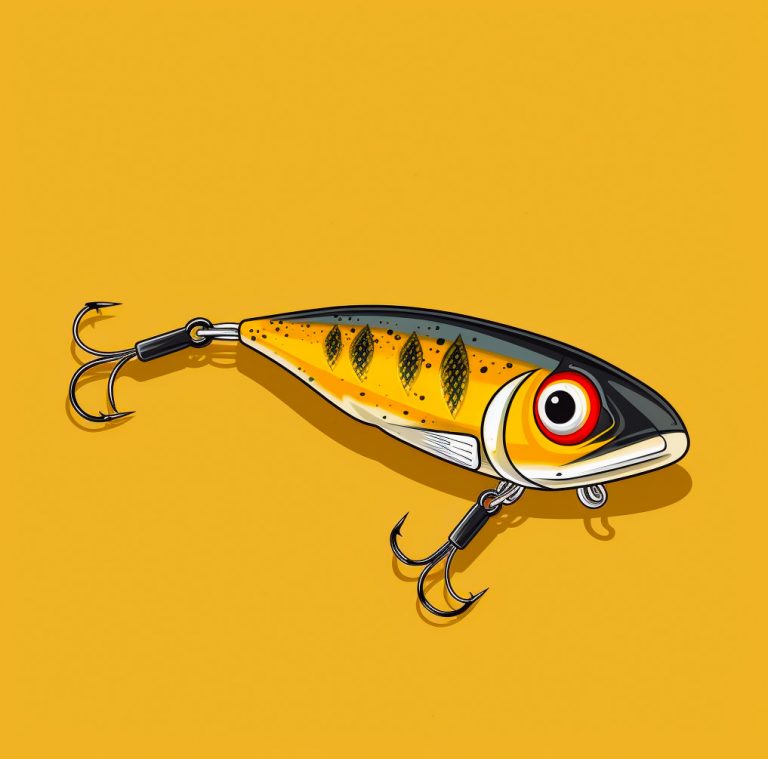
Jerkbaits in Every Season For Bass
Hey there, my fellow fishing enthusiasts! Are you tired of using the same old baits all year round? Well, today we’re going to talk about something that will spice up your fishing game – jerkbaits! And not just any jerkbaits, but jerkbaits that you can use in every season for bass fishing. I know, I […]
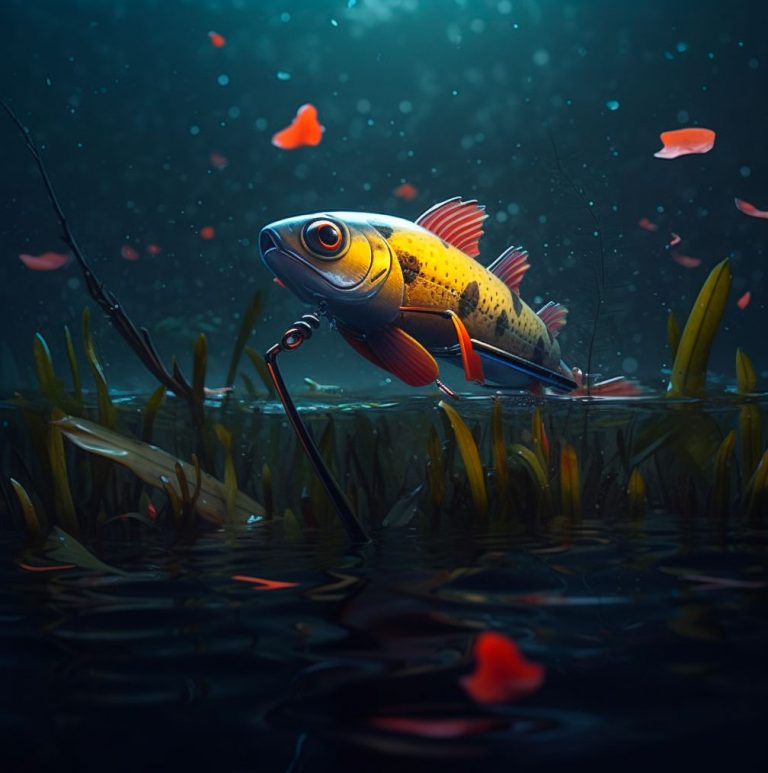
Whopper Plopper Fishing For Bass
Introduction As a seasoned angler I’ve always enjoyed fishing, especially for bass. I’ve tried various bait and lures over the years, but nothing has captivated my attention more than the Whopper Plopper. It’s a unique fishing technique that has taken the fishing world by storm. From its inception to the way it can help you […]

Big Worms For Bass
Fishing big worms for bass – it may not be the first thing that comes to mind when you think of bass fishing, but it’s a technique that can be incredibly effective in all seasons of the year. As a passionate angler, I’ve had my fair share of ups and downs when it comes to […]
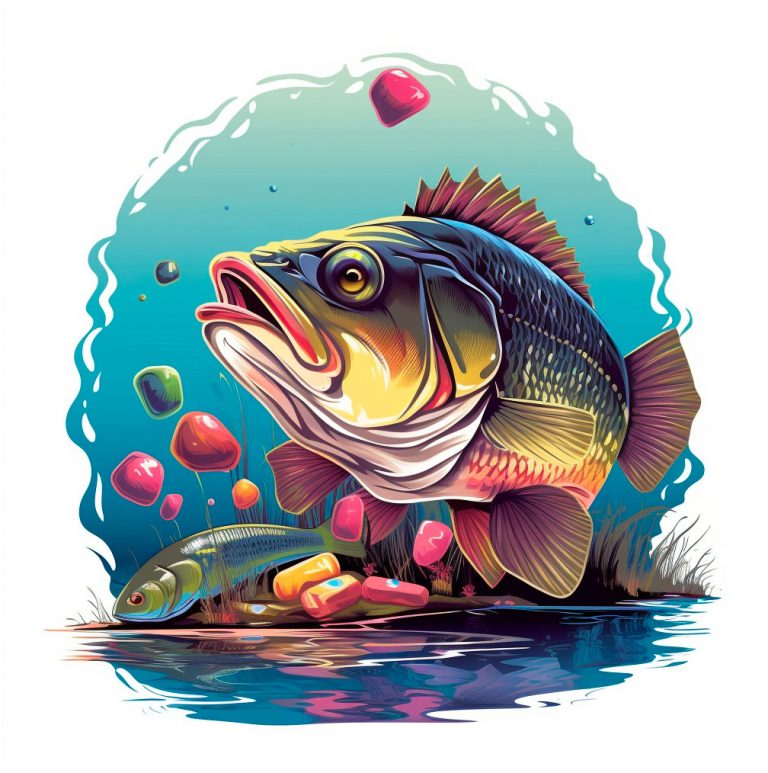
Zoom Trick Worms For Bass: Bass Candy
As a passionate angler, I have always been on the lookout for new and exciting ways to catch bass. After months of trying different techniques and bait, I stumbled upon a game-changing bait: Zoom Trick Worms. In this article, I will be sharing everything I have learned about using Zoom Trick Worms for bass fishing, […]
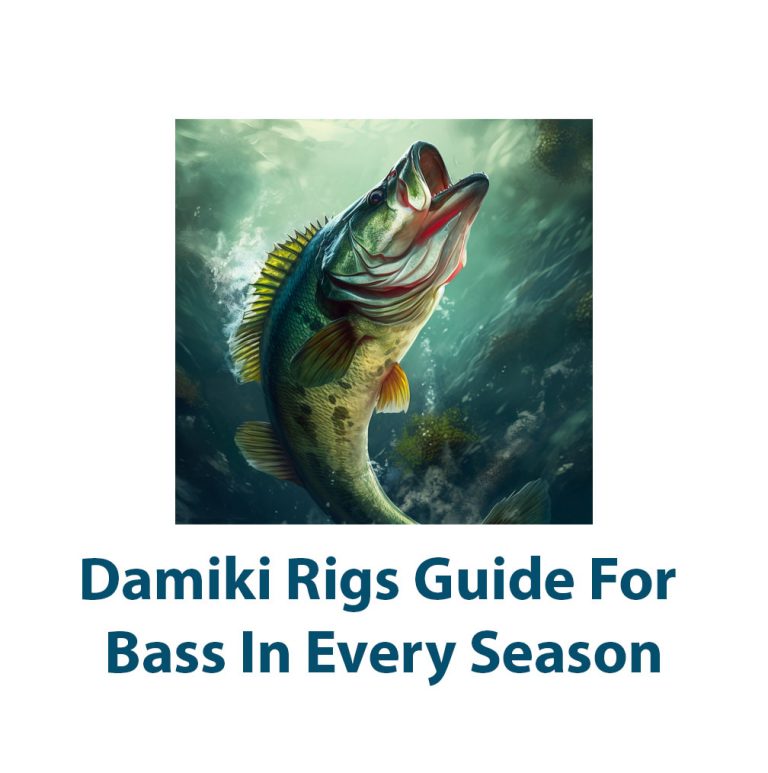
Damiki Rig Guide For Bass In Every Season
Introduction As an avid angler, I have always been fascinated by the various fishing techniques used to catch different types of fish. Over the years, I have studied and experimented with different types of rigs, baits, and lures to improve my fishing game. However, one rig that has consistently remained in my tackle box is […]

Jerkbaits For Bass: For Quality And Numbers
As an avid bass angler, I’ve tried all sorts of lures over the years. But there’s one type of bait that has consistently produced results for me – jerkbaits. These versatile lures have become a mainstay in my tackle box and are my go-to choice when targeting bass. In this comprehensive guide, I’ll share everything […]

